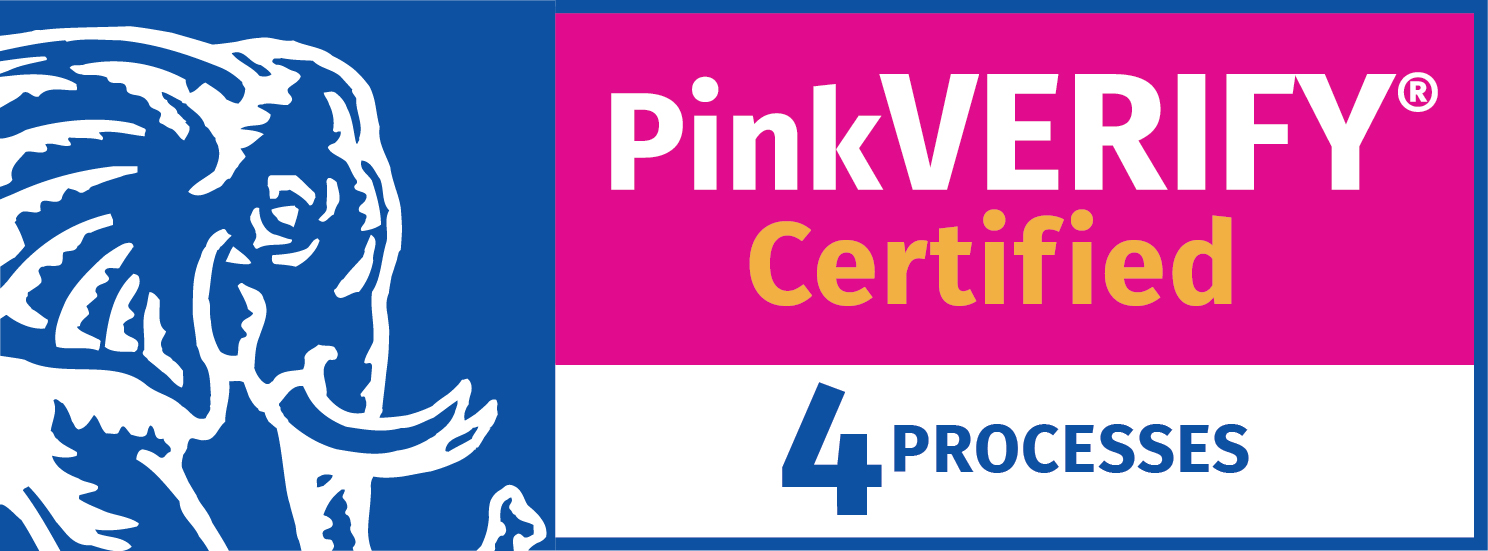According to The Global IT Experience Benchmark, 80% of employees believe that lost productivity is caused by just 12.6% of IT tickets.
This highlights an ongoing challenge in IT service management: the gap between the performance of IT service teams, and the perception of IT service among the customer base.
Successful ITSM means that your customers or end users are confident in the reliability, consistency, and efficacy of the support and service they receive. If they know that their IT problems will be fixed in a timely way, then their expectations are met, their sense of satisfaction increases, and productivity soars.
In this guide, we’ll explore Service Level Management, the key process to help boost both the performance and perception of IT service delivery in your organization.
Service Level Management Basics
As a network operations professional, Service Level Management (SLM) is an essential practice in your overall IT Service Management (ITSM) approach. A solid SLM helps to ensure that IT service agreements are met and maintained across all customers at all times.
Of course, this is far easier said than done. Depending on the size and complexity of your ITOps, the service level expectations you face can be overwhelming. Service Level Management brings clarity to the picture by providing a framework around IT service delivery, setting measurable KPIs and outlining the ITSM processes that can help achieve the expected service standards.
At the core of SLM are Service Level Agreements (SLAs), the negotiated agreements between your IT team and customers/employees. For example, an SLA may stipulate that the response time for a downtime issue is 20 minutes from the initial opening of the ticket.
Service Level Management ensures adherence to SLAs, but the impact is broader than just the specific customer or agreement. The ultimate goal of SLM is to align an organization’s IT operations and services to the wider strategic goals of the business. This is just one of the reasons why SLM is so important for ITOps. Let’s explore the benefits of Service Level Management even further.
Why Implementing Service Level Management is Critical in ITOps
IT is the backbone of any modern organization. When IT service flounders, so does the business. Service Level Management is designed to support the level of IT service quality needed to ensure the business functions smoothly and achieves its strategic goals.
Here are some additional reasons why implementing Service Level Management is crucial in IT-based organizations:
Improved customer satisfaction:
When IT systems, devices, or software are down or functioning poorly, the one thing the customer wants is fast, effective resolution. SLM provides a set of processes in which IT issues are handled according to priority and within specified timeframes that are previously agreed upon. When IT service delivery is reliable and consistent, this leads to higher customer satisfaction, which has enormous benefits all round.
Clear accountability:
SLM enables IT teams to set clear expectations for service performance, outlined in detail in SLAs. Both parties – the IT service provider and the customers/employees – understand their roles and responsibilities in the equation, creating mutual accountability. The clarity and transparency of SLM creates a service delivery environment that is both realistic and meets the needs of the customer.
Monitoring of IT service performance:
An essential part of SLM is ongoing monitoring and reporting on service performance against SLAs. This data-backed approach helps to pinpoint issues with service delivery and address them promptly and accurately.
Proactive approach to Problem Management:
Problems are inevitable. The ability to limit problems and manage them so they do not escalate is a result of proactive Problem Management. Through the continual assessment of IT service performance, SLM helps to identify trends and patterns, and detect, log, and handle problems before they become critical. This is key to minimizing disruptions and downtimes, and maximizing service availability and productivity.
Service Level Management Activities
Implementing Service Level Management requires a structured and deliberate approach that begins with setting objectives, continues with the creation of SLAs, and finishes with analysis of service level performance compared to the set KPIs. However, SLM does not end there. The performance insights create a feedback loop for improving service delivery and boosting the efficiency of IT service teams and the business as a whole. Let’s break down the steps to implementing SLM in an effective way.
Steps to Implementing Service Level Management
- Step 1: Define clear objectives
What are the company’s business goals, and how do IT services contribute to meeting those objectives? What are the key IT services and who are the customers that require SLAs? What are the performance metrics most critical to the business or the customers’ needs? By answering these questions, you can create a foundation for the development of SLAs that serve the business’s strategic goals. - Step 2: Develop SLAs
SLAs encapsulate in writing the expected performance levels for each IT service. They include details about performance metrics, timeframes, and the responsibilities of all parties involved. Effective SLAs are realistic and measurable, and they align with the customer’s needs and business objectives. An important part of the process of developing SLAs is to collaborate with all the relevant stakeholders to make sure that everyone is aligned and can deliver on the expectations outlined in the SLA. - Step 3: Use monitoring tools
Tracking service performance against SLA metrics is critical to understand the service level situation in real time. An ITSM platform such as IT Care Center includes all the modules required for monitoring IT service delivery, such as IT ticketing, Incident Management, and Change Management, as well as reporting capabilities to assess service quality and optimize accordingly. - Step 4: Define roles and responsibilities
SLM is a team sport, however, the roles and responsibilities of all stakeholders must be clearly defined to ensure that SLAs are met. Appoint an SLM manager or teams responsible for overseeing SLA performance and compliance. There should be one ‘address’ in the ITOps organization to uphold accountability for SLM and to aggregate all the data to monitor and improve SLM. - Step 5: Ongoing reviews and data-driven reporting
The SLM manager or team should conduct regular reviews of service performance against SLAs. Use your ITSM tool to generate reports about SLA performance, and make sure to share them with stakeholders so everyone is aligned on the current status. With continual analysis of performance data and reports, together with customer feedback, you can adjust SLAs to enhance service level and address changing requirements in the business or industry.
As with any IT business function, open communication is so important. Keep stakeholders and customers/employees informed throughout the SLM process, with regular updates about service quality performance, issues, and areas of improvement. This will help to ensure their expectations are met and strengthen their trust in you as their IT service provider.
Addressing Common Service Level Management Challenges
SLM is a complex and multi-faceted process. Doing it right comes with several obstacles. Here are some common Service Level Management challenges and how to overcome them:
- SLAs are not clear
If SLAs are vague or unrealistic, this leads to misunderstandings and expectations not being metHow to overcome: A clear, well-defined SLA is the foundation for effective SLM. Make sure that SLAs are fit for purpose and outline specific performance metrics, escalation protocols, and responsibilities. - Poor monitoring and reporting
Without proper tools and processes in place, tracking service performance against SLAs can be difficult.How to overcome: Leverage an ITSM platform that includes robust tools, reporting capabilities and data-driven approaches. IT Care Center is a single-license platform that offers all the ITSM modules you need for effective SLM, with low-code, plug-and-play, and configuration features that make set up as fast and easy as possible. Request a demo. - Changing business needs
Businesses change, scale, and evolve. Over time, existing SLAs become outdated or no longer meet the business’s needs or customer expectations.How to overcome: Review and update SLAs regularly to reflect changing business goals and priorities. Communicate openly with stakeholders and customers to understand their changing needs and make sure that SLAs stay aligned. A robust change management tool can help facilitate this process effectively. - Resistance within the company culture
SLM is not just a technical process; it is a mindset. Resistance to change in an organization can make it harder to adopt SLM practices and maintain them effectively across teams and projects.How to overcome: Education is key! Create a culture based on the core principles of SLM – continuous improvement, IT service excellence, accountability, and communication. Provide staff training on the basics and best practices of SLM, and make sure the C-level is on board to help disseminate the importance of SLM throughout the company.
Service Level Management Best Practices: Take SLM to the Next Level
Keeping a finger on the pulse of your SLM helps you optimize as necessary and implement new technologies and tactics to ensure the value of your IT service delivery. Here are three effective ways to optimize SLM:
- Automation and AI
Implementing AI and automation in your SLM processes can significantly improve service delivery with only minimal human intervention. Automation can take over repetitive tasks such as monitoring service performance, generating reports, and managing incidents. This helps to reduce the manual workload and prevent human error in SLM operations.In fact, organizations using AI in their ITOps have seen 70-90% reduced time for investigating incidents and a 15-45% reduced time in resolving high priority incidents. Furthermore, according to Garnter, 1 in 10 IT agent interactions by 2026 will be automated with AI, compared to just 1.6% in 2022.With a tool like ITCC, you can implement automated workflows for SLA management, such as automated alerts for SLA breaches, escalations, and performance reviews. - Continuous improvement
A well-structured SLM approach creates a feedback loop of continuous improvement. Regular reviews and audits of SLAs help identify weak areas of service performance, so that ITOps teams can develop solutions or adjust SLAs as needed to better align with current goals and capabilities.After incidents occur, conducting a post-incident analysis can help understand the root causes of SLA breaches and implement corrective actions and preventative measures to avoid similar issues in the future. A robust ITSM tool with Incident Management tracking and reporting functionalities is a helpful partner in this process. - Communication and collaboration
IT service delivery involves people, not just devices and software, so transparency and communication goes a long way to facilitating effective SLM. Make sure that there are clear and transparent communication channels between IT teams, stakeholders, and customers/employees.Clear communication is critical during the SLA development process. Collaboration with all relevant stakeholders helps to ensure that the SLA is accurate and achievable, as well as strengthening the sense of ownership and accountability at the outset.Some SLM tasks and communications can be automated with AI and chatbots to save time and resources. However, the person-to-person connection is important too, and direct contact may sometimes be the best and fastest option to ensure the SLA is met.Finally, use an ITSM platform that supports multi-channel communication. IT Care Center, for example, provides access via portal, mobile, email, BOT, Slack, WhatsApp, or MS Teams, helping to streamline communication and make the customers/employees experience smoother and better.
Does Your Service Level Management Need an Upgrade?
Effective Service Level Management demands a high level of ITSM expertise and robust, comprehensive tools to make it happen.
If you’re looking to improve IT service delivery, enhance customer satisfaction, and align your SLM with your business goals, leverage ITCC to support Service Level Management at a whole new level.





